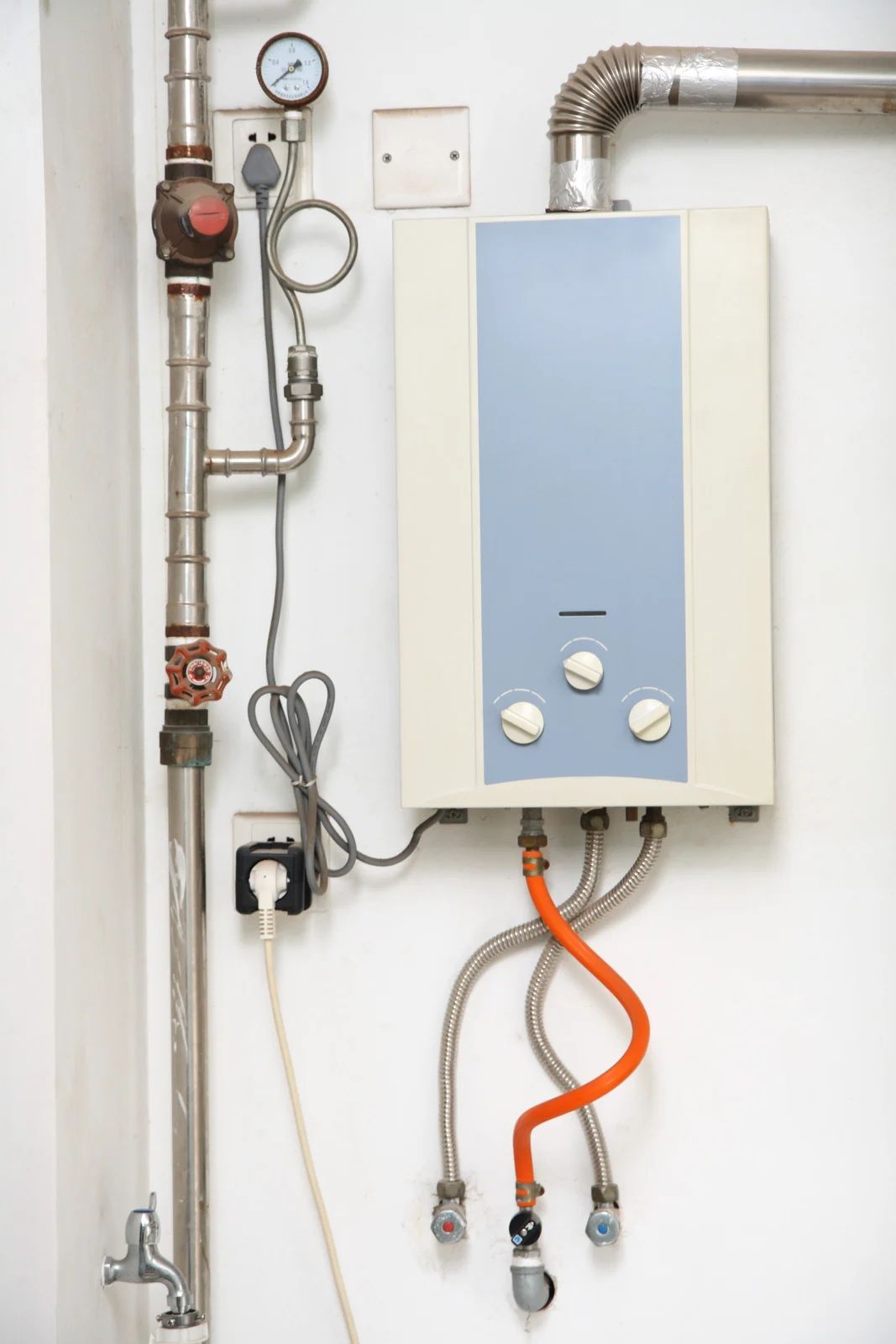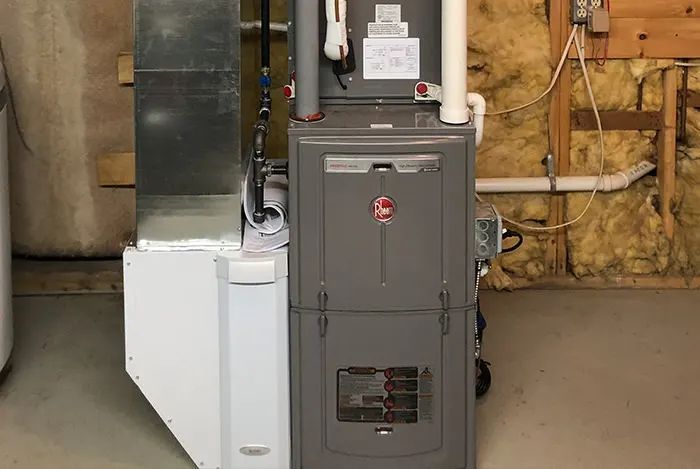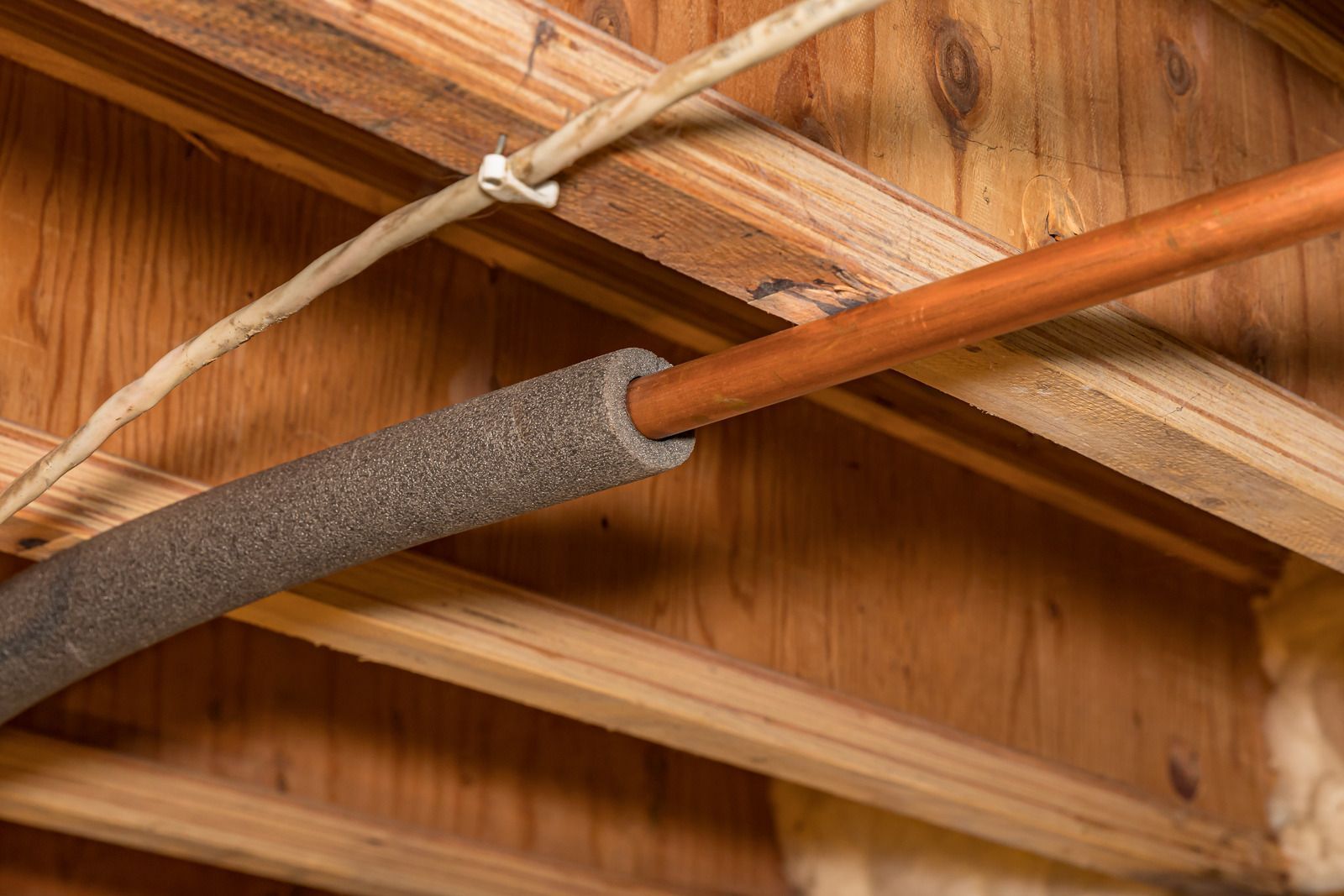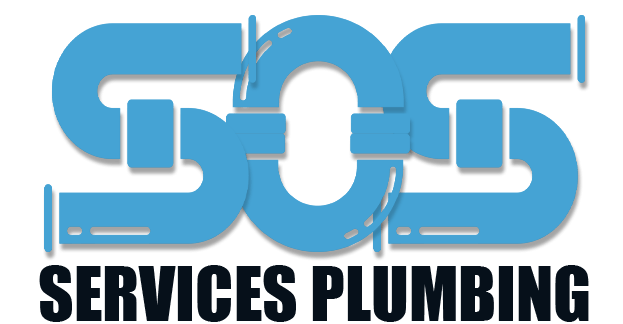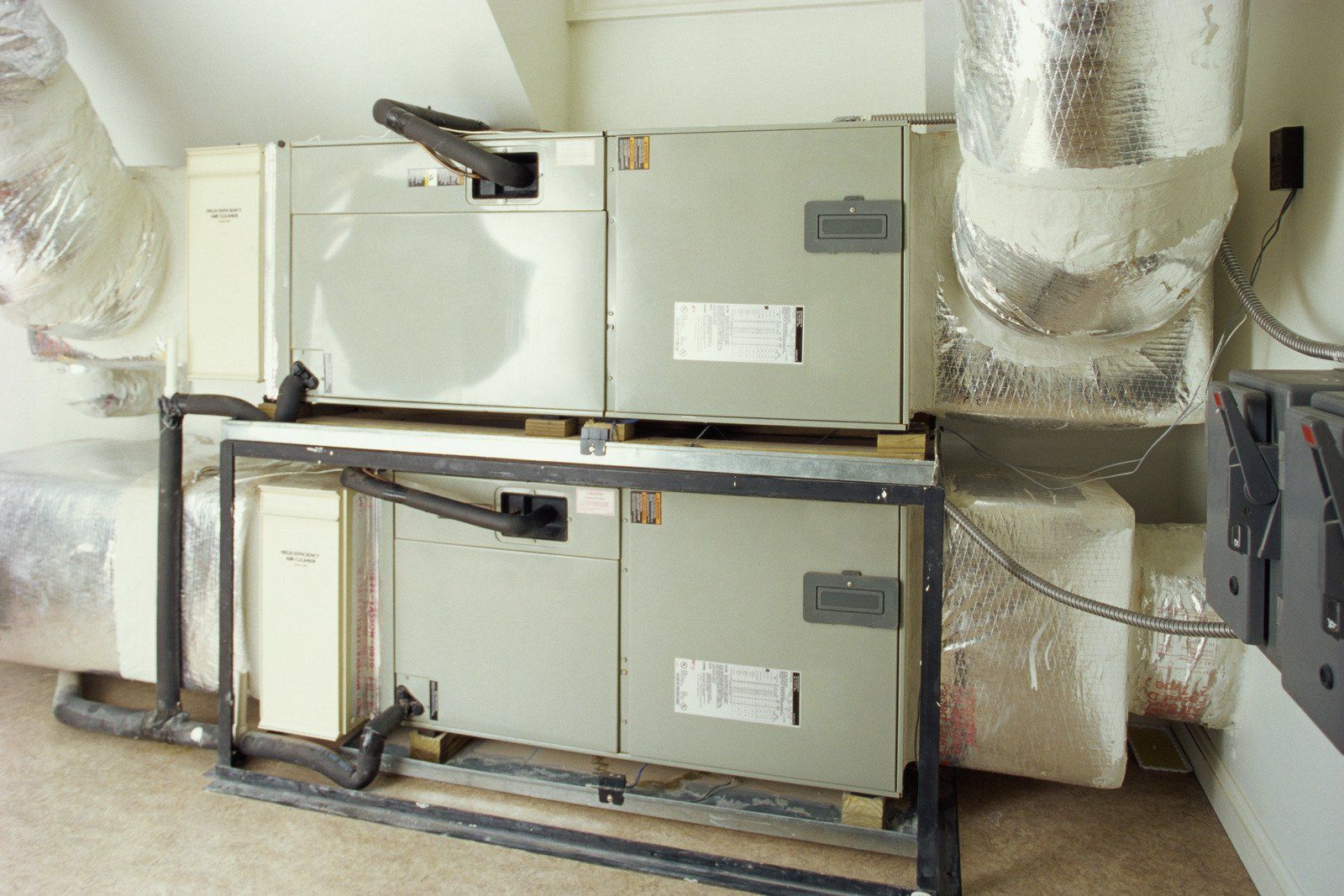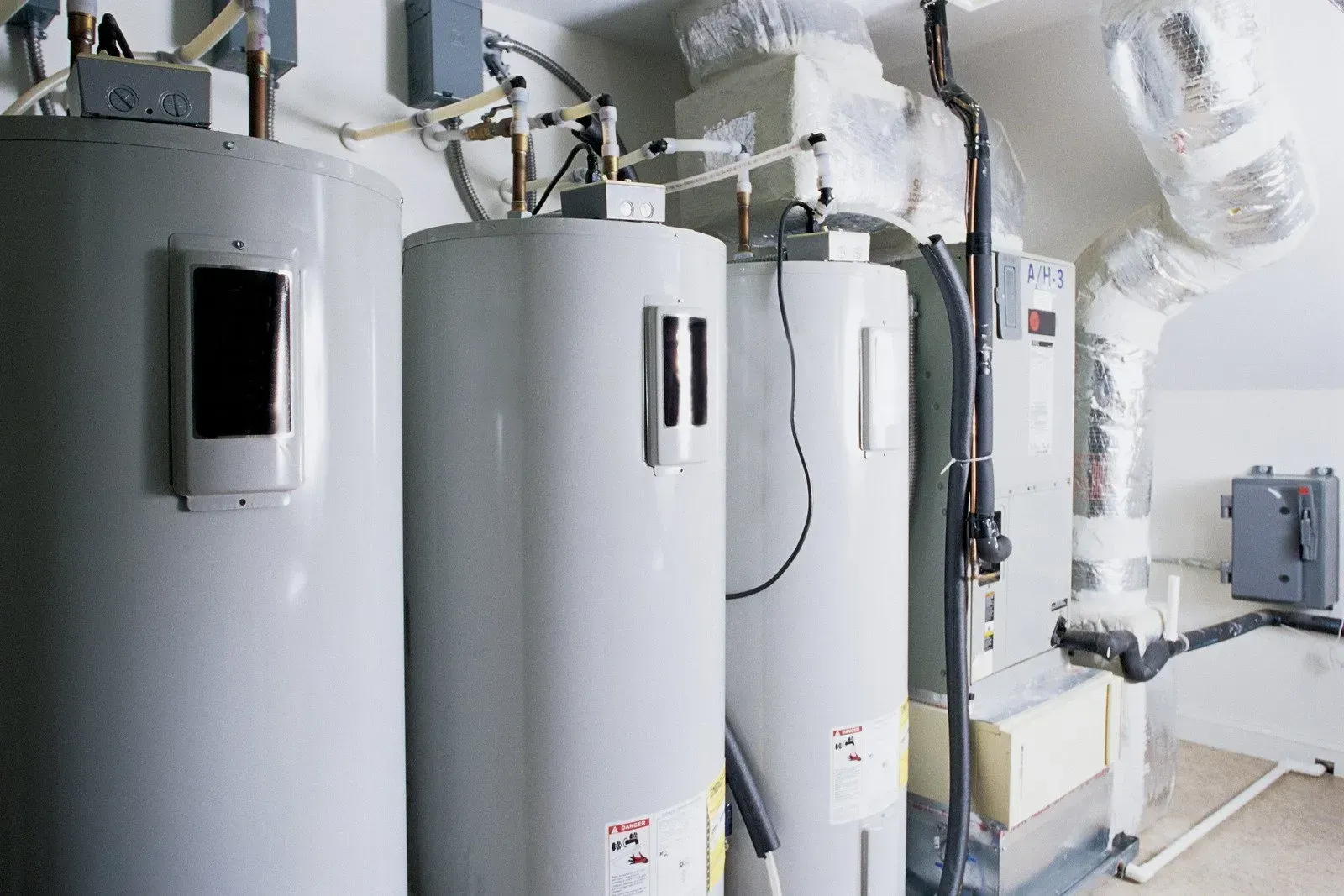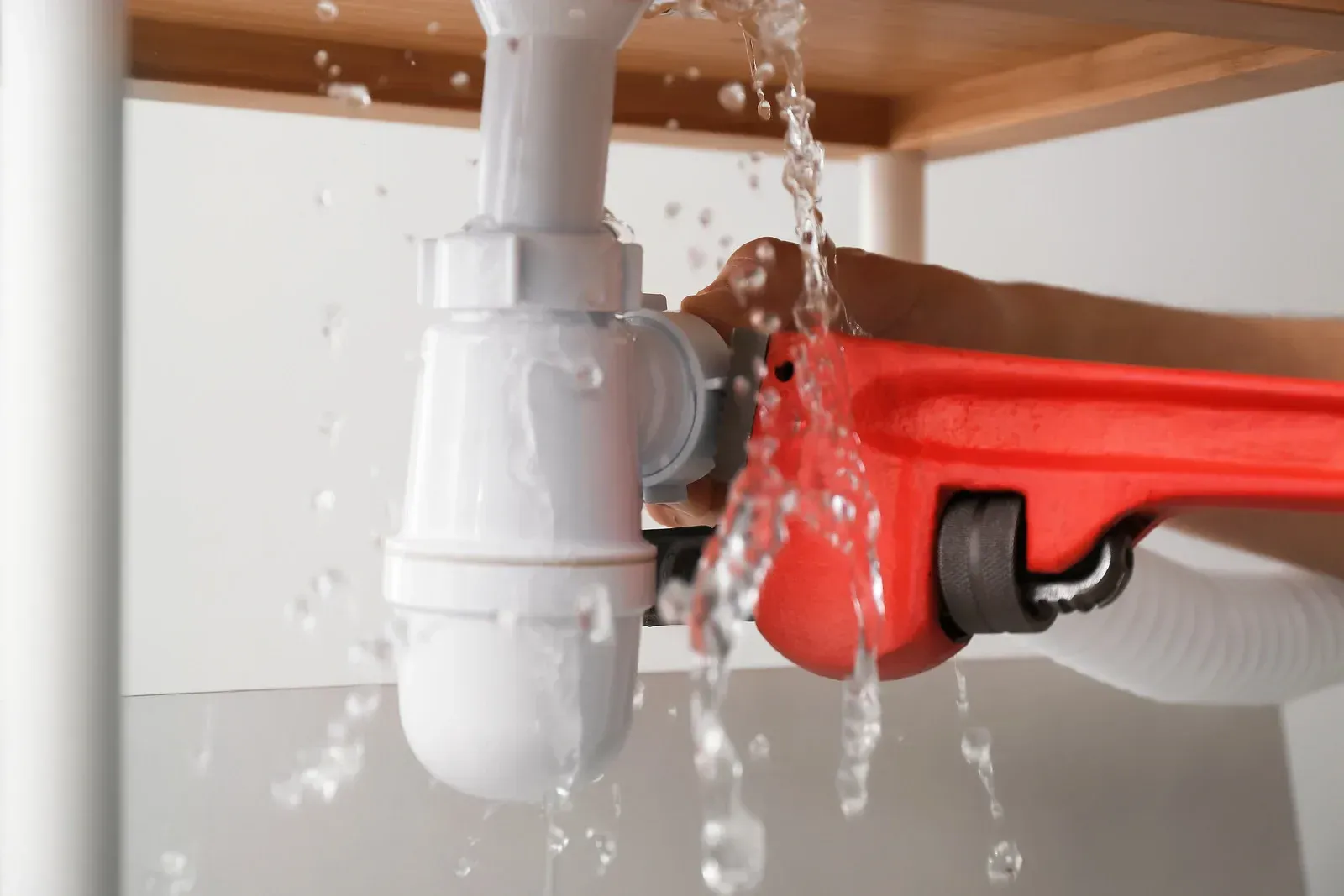How Your Plumbing and Heating Systems Work Together (And Why It Matters)
Most homeowners don’t think twice about the relationship between their plumbing and heating systems—until something goes wrong. But these two essential systems are more connected than you may realize. Together, they ensure your home remains warm, functional, and efficient. Whether it's a relaxing hot shower, a warm home in winter, or the efficient functioning of your appliances, the collaboration between plumbing and heating systems plays a critical role in your daily comfort.
Your water heater, boiler, and even your radiant floor system rely heavily on the health of your plumbing. When one system struggles, the other often suffers as a result. A solid understanding of how these systems interact helps you make smarter decisions about maintenance, upgrades, and energy use. In this blog, we’ll explore how your plumbing and heating systems work together—and why that matters for your comfort and your wallet.
1. Shared Components and Water Supply
Your home’s water supply is the common thread that ties your plumbing and heating systems together. Water heaters, boilers, and radiant floor heating systems all depend on your plumbing to deliver water where it’s needed. When water is heated—either for taps or heating systems—it travels through plumbing lines to showers, sinks, or radiators. If your pipes are outdated or leaking, your heating system’s efficiency will drop, increasing energy bills and reducing overall performance.
2. Hot Water Heaters as a Bridge Between Systems
Your water heater plays a dual role. Not only does it supply hot water to your kitchen and bathrooms, but it also often supports your heating system, especially if you have a hydronic heating setup. These systems rely on heated water to circulate through radiators or underfloor piping, distributing warmth throughout your home. If the water heater fails or is undersized, both your plumbing and heating functions will suffer.
3. Pressure and Flow Balance
For both plumbing and heating systems to function correctly, consistent water pressure and flow are crucial. A drop in water pressure can indicate a problem that affects both systems, such as a leak, clog, or faulty valve. Proper flow also ensures that heating systems can maintain the desired temperature without overworking or short cycling, which can wear down equipment prematurely.
4. Efficiency and Energy Use
A coordinated plumbing and heating setup contributes to energy efficiency. High-efficiency water heaters and boilers use less energy to produce heat, and modern plumbing materials like PEX piping help maintain water temperature with minimal heat loss. By upgrading both systems in tandem, you’ll get the most out of your investment while reducing monthly utility bills.
5. Maintenance Matters
Regular maintenance is key to keeping both systems working in harmony. Sediment build-up in water heaters can affect heating capacity, while mineral deposits in plumbing lines can restrict flow. A professional technician can inspect both systems during annual service to catch small issues before they become costly problems.
Trust the Experts Who Know Both Systems Inside and Out
Understanding the interconnected nature of
plumbing and heating can save you money, energy, and headaches in the long run. At SOS Services Plumbing, we bring over 30
years of trusted expertise in servicing both plumbing and heating systems in Springfield, MO. Whether you need repairs, upgrades, or preventive maintenance, our experienced technicians ensure your systems work together efficiently and reliably. Let us help you stay comfortable all year long with service that puts your home first.
